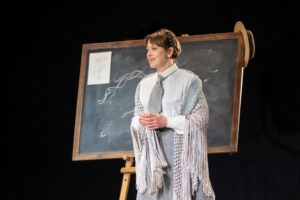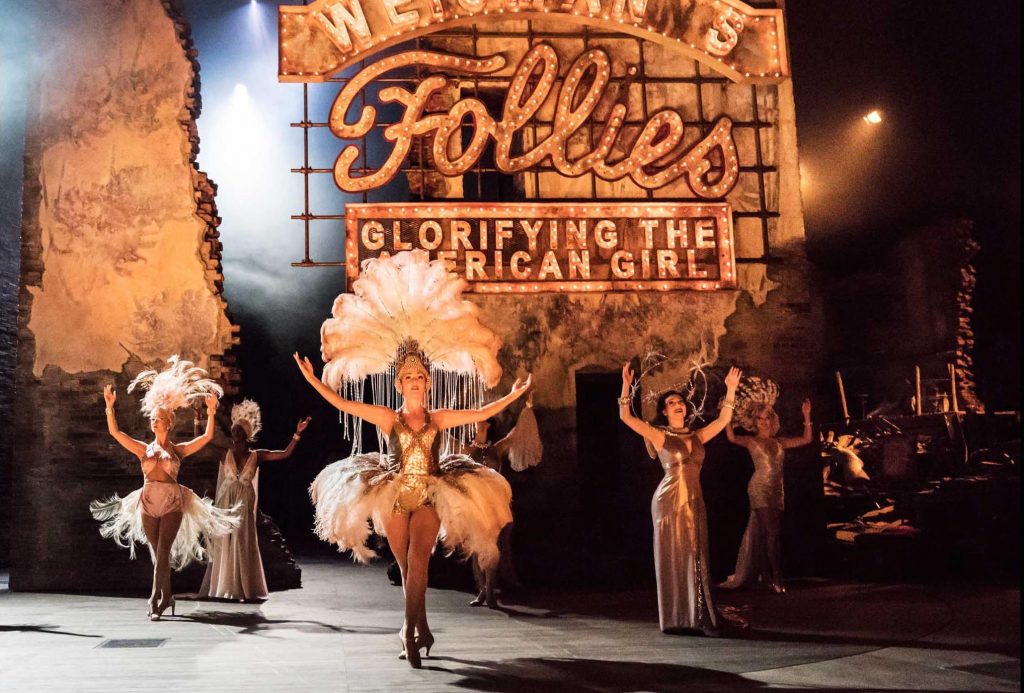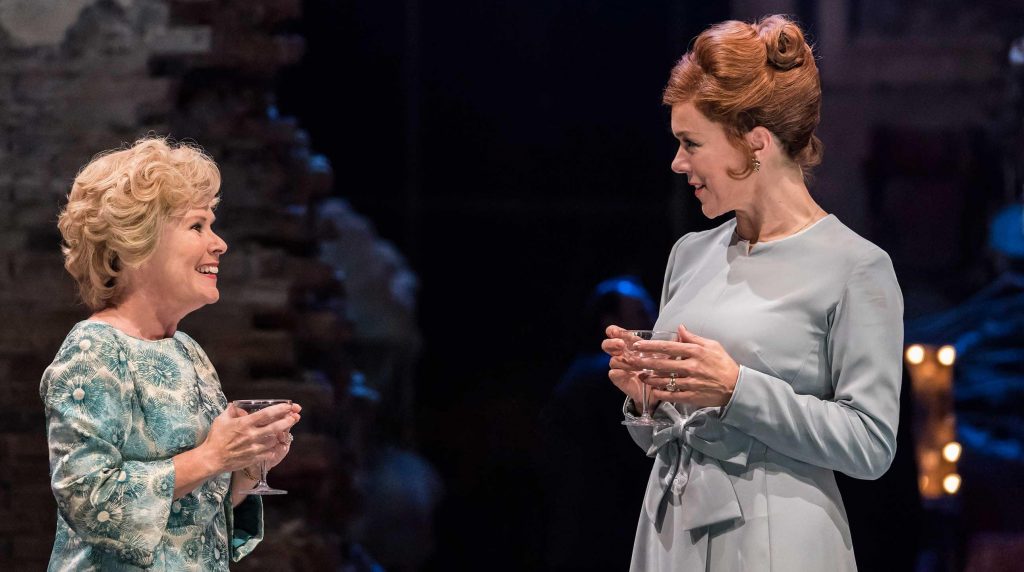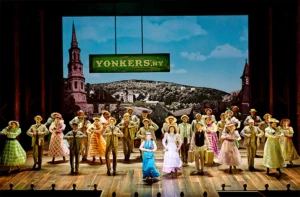
It’s a legendary show from the Golden Age of Musicals. It’s one of the most successful shows of all time in terms of awards and performances. Yet (whisper it) Hello, Dolly! isn’t very good. Michael Stewart‘s book comprises a ludicrous plot and is saved only by the amusing machinations of its main character. Jerry Herman contributed hardly any memorable songs except the title number and Dolly’s other great song Before The Parade Passes By. Worse, the score also features the execrable It Only Takes A Moment.
Its greatness lies in two redeeming features: the opportunity to put on magnificent chorus numbers, like Put On Your Sunday Clothes (which I admit has a nice hook) and the title number; and providing a vehicle for a female musical star to shine. Fortunately, if a production can get those right, that’s all it needs. And this new production, directed by Dominic Cooke who was responsible for the National Theatre’s legendary Follies, does get it right.
For a start, it is a sumptuous production in the great tradition of the Golden Age. The large London Palladium stage is not only packed with people, it is filled with Rae Smith‘s set and costumes that conjure up the glamour of the end of the nineteenth century. Among its delights are a conveyor that stretches the width of the stage and creates even more movement, a full-size train that is jaw-dropping in its execution, and an enormous staircase to accommodate the arrival of Dolly for her big number.
The choreography was originally by Gower Champion, who wowed Broadway and gets a credit to this day. Bill Deamer is named as choreographer of this production, and his chorus numbers are magnificent in their scale, co-ordination and vitality. There are something like three dozen members of the company but, in case you’re wondering, there’s not much opportunity for individual brilliance on the dance floor.
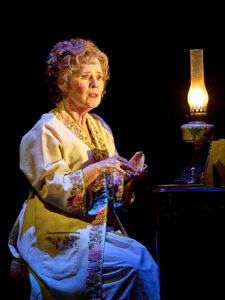
Then there’s the star. Carol Channing first played Dolly, the matchmaker and all-round entrepreneur, to massive acclaim. Since then, many top musical stars have added it to their cv, including Ethel Merman, Mary Martin, Pearl Bailey, Bernadette Peters and of course Barbra Streisand in the film version. Can any have bettered Imelda Staunton? I don’t see how. She has a great voice that hits the back of the circle when it needs to, but also an ability to plumb a depth of pathos you didn’t even realise was there in a potboiler song like Before The Parade Passes By. Plus she injects the whole proceedings with a level of energy that could single-handedly power the government’s new Great British Energy company.
Fans of her film and television work would probably have no idea of her ability as a singer, but she has played the Baker’s Wife in Into The Woods, Miss Adelaide in Guys And Dolls, Mrs Lovett in Sweeney Todd, Sally in Follies, Gypsy Rose in Gypsy, and now Dolly Levi. All triumphantly. Only Mame remains before she has a full house of the great musical roles for mature women.
She is supported by a strong cast but the characters don’t give them much to get their teeth into. In fact, the term ‘character’ may qualify as misinformation. Andy Nyman is an excellent actor but as Dolly’s prospective husband, the rich but miserable Horace Vandergelder, he has little to do except be irascible while his suitor draws him into her web. The same goes for Jenna Russell as Irene Molloy, Dolly’s friend who has her own romantic ambitions: she does what she does very well but she hasn’t much to do. Irene’s romantic interest Cornelius Hackl is a traditional (for which read ‘cliché’) ‘juvenile lead’, with little to do except look pretty and behave cheekily. Harry Hepple handles the role well. Their friends Minnie Fay and Barnaby Tucker are supposed to be the comical parts but remain resolutely unfunny despite the Olympian efforts of Emily Lane and Tyrone Huntley.
With due respect to all of company and creative team, the evening belongs to Imelda Staunton.
Hello,Dolly! can be seen at the London Palladium until 31 August 2024. Click here to buy tickets from the theatre
Paul paid for his ticket.
Click here to watch this review on the YouTube channel Theatre Reviews With Paul Seven
Click here to read a summary of other critic’s reviews of Hello, Dolly!
